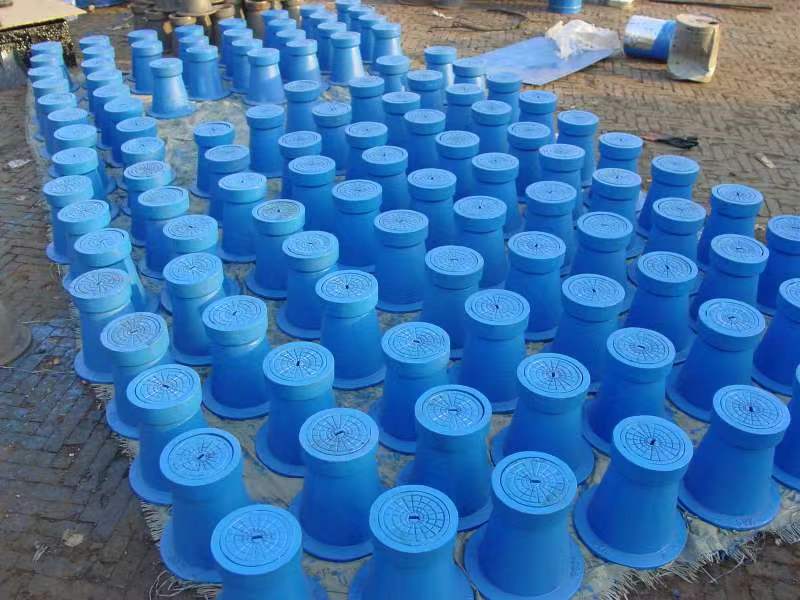Understanding the Applications and Features of PN 16 Butterfly Valves in Engineering
Understanding Butterfly Valves A Focus on PN 16 Specifications
Butterfly valves are essential components in various industrial applications, particularly in systems requiring efficient control of fluid flow. Among the different classifications and specifications available, the PN 16 butterfly valve stands out as a robust and reliable choice for many. This article explores the characteristics, applications, advantages, and maintenance of PN 16 butterfly valves.
What is a Butterfly Valve?
A butterfly valve is a type of quarter-turn valve that uses a rotating disc to regulate flow. The name comes from the butterfly-like motion of the disc, which opens and closes the flow path. This simple yet effective design allows for rapid shut-off and precise flow control, making butterfly valves a popular choice for many industries.
Understanding PN 16
In the context of valve specifications, PN refers to Pressure Nominale, which indicates the maximum pressure a valve can withstand at a specific temperature. For PN 16, this means the valve can operate safely at a maximum pressure of 16 bar (approximately 232 psi) at a temperature of 20°C. The PN rating is crucial for engineers and designers, as it helps ensure that the selected valve can handle the operational pressures expected in a given application.
Characteristics of PN 16 Butterfly Valves
1. Design and Construction PN 16 butterfly valves are typically designed with a resilient seat and a metal disc, often constructed from materials such as stainless steel, cast iron, or plastic composites. This construction ensures durability and resistance to corrosion and wear.
2. Size Range These valves are available in various sizes, usually ranging from 2 inches to 48 inches or larger. The appropriate size depends on the specific application and the flow requirements of the system.
3. Operation The valve can be operated manually via a lever or automatically using electric, pneumatic, or hydraulic actuators. The quarter-turn operation allows for quick adjustments, enhancing operational efficiency.
4. Flow Efficiency Due to their design, butterfly valves offer low operating torque, contributing to energy savings in fluid systems. When fully opened, the disc presents minimal obstruction to the flow, resulting in low-pressure drop conditions.
Applications of PN 16 Butterfly Valves
PN 16 butterfly valves are widely used across various sectors, including
butterfly valve pn 16

- Water Treatment Used for regulating and controlling water flow in treatment plants. - Wastewater Management Essential for managing sewage systems and waste disposal. - Oil and Gas Employed in pipelines and refineries for flow control. - HVAC Systems Used in heating, ventilation, and air conditioning applications for airflow control. - Food and Beverage Valves must comply with hygiene standards while controlling process flow.
Advantages of Using PN 16 Butterfly Valves
1. Compact Design Butterfly valves have a compact structure, making them easier to install in tight spaces compared to other valve types.
2. Cost-Effective Generally less expensive than gate or globe valves, they provide a cost-effective solution for many applications.
3. Lightweight The lightweight design allows for easier handling and installation, reducing labor costs.
4. Versatility Suitable for various media, including water, air, and some chemicals, PN 16 butterfly valves offer flexibility in application.
5. Maintenance With fewer moving parts, these valves require less maintenance compared to more complex valve systems, which can lead to reduced downtime and operational costs.
Maintenance Tips for PN 16 Butterfly Valves
To ensure the longevity and optimal performance of PN 16 butterfly valves, regular maintenance is crucial. Key maintenance practices include
- Visual Inspections Regularly check for leaks, corrosion, and physical damage. - Sealing Surfaces Inspect the sealing surfaces for wear and tear, replacing components if necessary. - Lubrication Ensure that moving parts are adequately lubricated to prevent friction and wear. - Operational Testing Routinely test the valve’s functionality to confirm its proper operation.
Conclusion
PN 16 butterfly valves play a vital role in various industrial applications, ensuring efficient flow control and operational reliability. Understanding their specifications, advantages, and maintenance requirements can help industry professionals make informed decisions about their fluid control systems. With their compact design, cost-effectiveness, and simplicity, PN 16 butterfly valves continue to be an indispensable component in modern engineering and industrial processes.
-
The Smarter Choice for Pedestrian AreasNewsJun.30,2025
-
The Gold Standard in Round Drain CoversNewsJun.30,2025
-
The Gold Standard in Manhole Cover SystemsNewsJun.30,2025
-
Superior Drainage Solutions with Premium Gully GratesNewsJun.30,2025
-
Superior Drainage Solutions for Global InfrastructureNewsJun.30,2025
-
Square Manhole Solutions for Modern InfrastructureNewsJun.30,2025
-
Premium Manhole Covers for Modern InfrastructureNewsJun.30,2025
